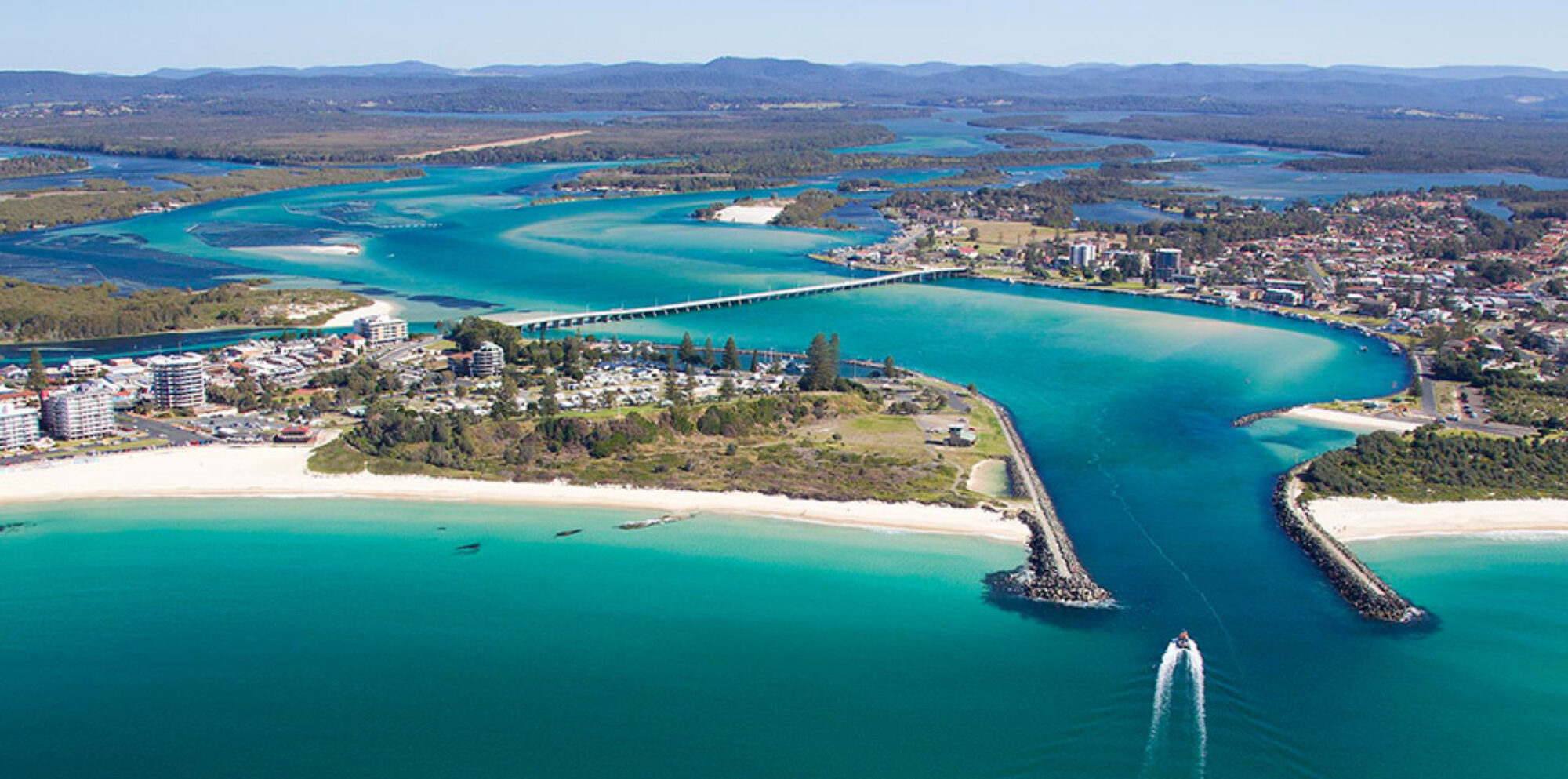Enjoying the outdoors and camping should not mean that you can’t eat well. Due to the large amounts of energy being expended, it is actually important to ensure that we eat enough to have the energy needed.
As with everything in camping, it is vital to think about what is necessary to carry. Balancing what is needed with managing the weight demands of carrying the equipment is an important part of the planning process. Some of the items that should be taken include the following.
1. Camp stove– A camp stove is needed for heating food or boiling water on your camping trip. Single or dual burner camp stoves are most commonly used on camping trips. They’re portable, compact and lightweight, perfect if packing space is at a premium. In many areas, campfires are not permitted so these provide the perfect back up plan. An example is a Trangia, a lightweight cooking system that is ideal for a backpacker to carry as it folds all the equipment needed into a small container. Click here for more information.

2. Fuel– Camp stoves need fuel. Depending on the type of stove you have, you will need plenty of fuel to get it firing. Alcohol, butane, gasoline, kerosene and propane-fired stoves are popular. However, a butane or propane fuelled stove is probably the safest and cleanest. These fuels come in pressurised canisters that are portable and can be easily packed.
3. Camping lighters– Pack a couple of camping lighters because one always seems to go missing, so have a spare (or two). Just remember to keep them out of reach of children. There are hundreds of camping lighters on the market that are wind and waterproof. They are a better alternative to matches that don’t do so well in wet and windy conditions.
4. Reusable dinnerware– Instead of wasting paper plates, cups and plastic utensils, or attempting to pack the kitchen crockery, invest in reusable dinnerware and stick to the camping code of ‘leave no trace.’ Plus, in the long run, reusable dinnerware will save you money.
5. Cookware– Many lightweight cooking options exist, including anodised aluminium frypans and pots. These are often part of a set with the cooker. If weight is not an option, the traditional cast iron pot is often preferred as the thicker pot maintains heat longer for better cooking.

6. Cooking utensils- Basic utensils such as knives, chopping boards etc are needed for any cooking. Depending on the types of foods that are being planned, the amount of utensils will change. For example, cooking pasta may mean that a colander of some sort is needed to help drain the water. Basic utensils for eating are also needed.
7. Reusable food containers– Better for the environment than their throwaway alternatives; reusable containers are handy for storing both fresh ingredients and also leftovers. These can also double up as something to serve the food off in lieu of plates if you are trying to save space and weight.
8. Bin bags– Dispose of food waste and non-reusable accessories responsibly to keep your pitch and the campsite clean. Bin bags are a very useful item to have when camping as they can also be used for other purposes such as being used as a poncho in the wet or even as emergency shelter (see improvised emergency shelter construction)
9. Washing-up kit– To keep your cookware clean and ready to use when camping in the forest, bring a washing-up bowl, liquid, sponges and tea towels. It is important to ensure that these are biodegradable and are kept away from natural water sources.
